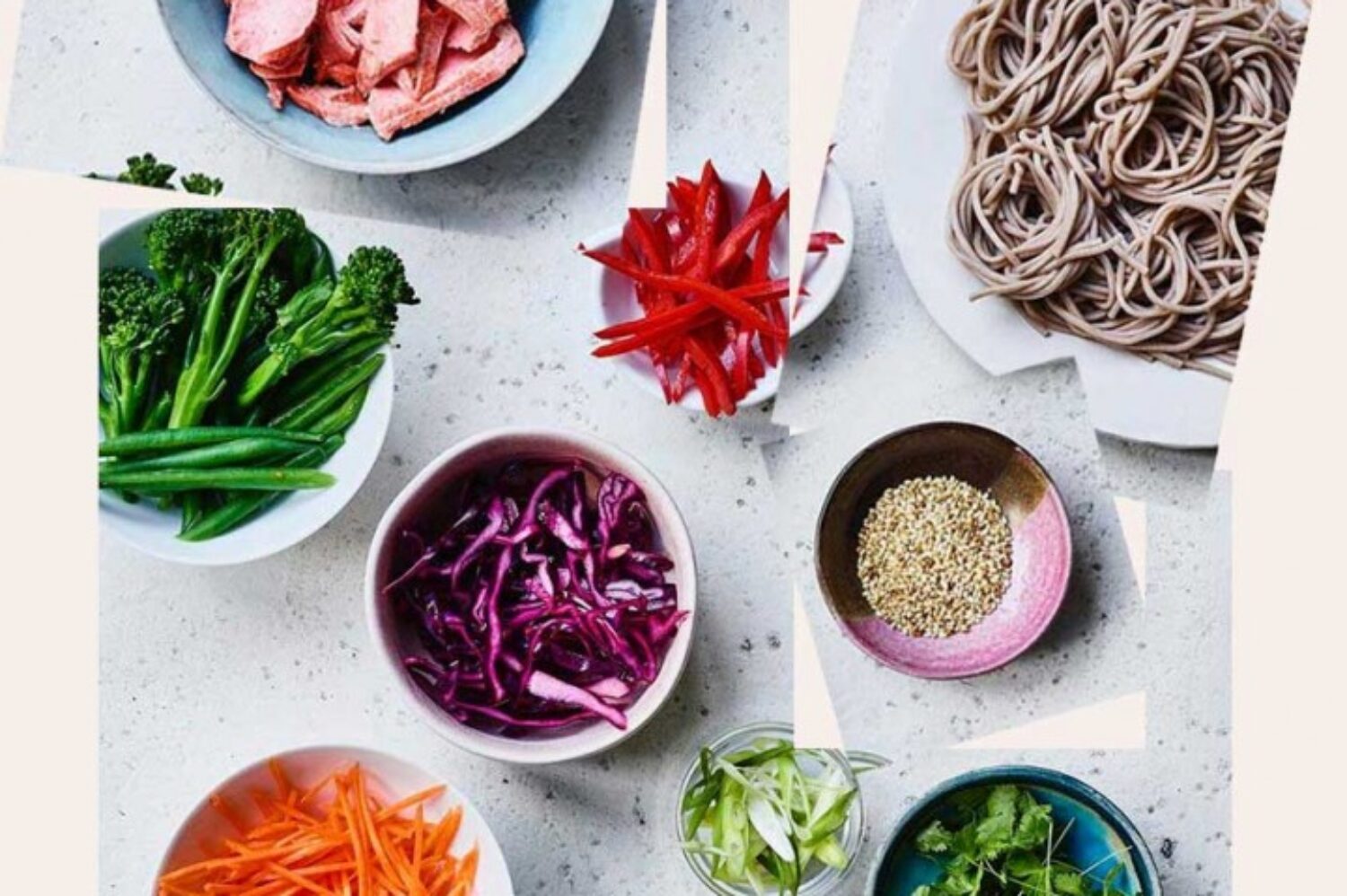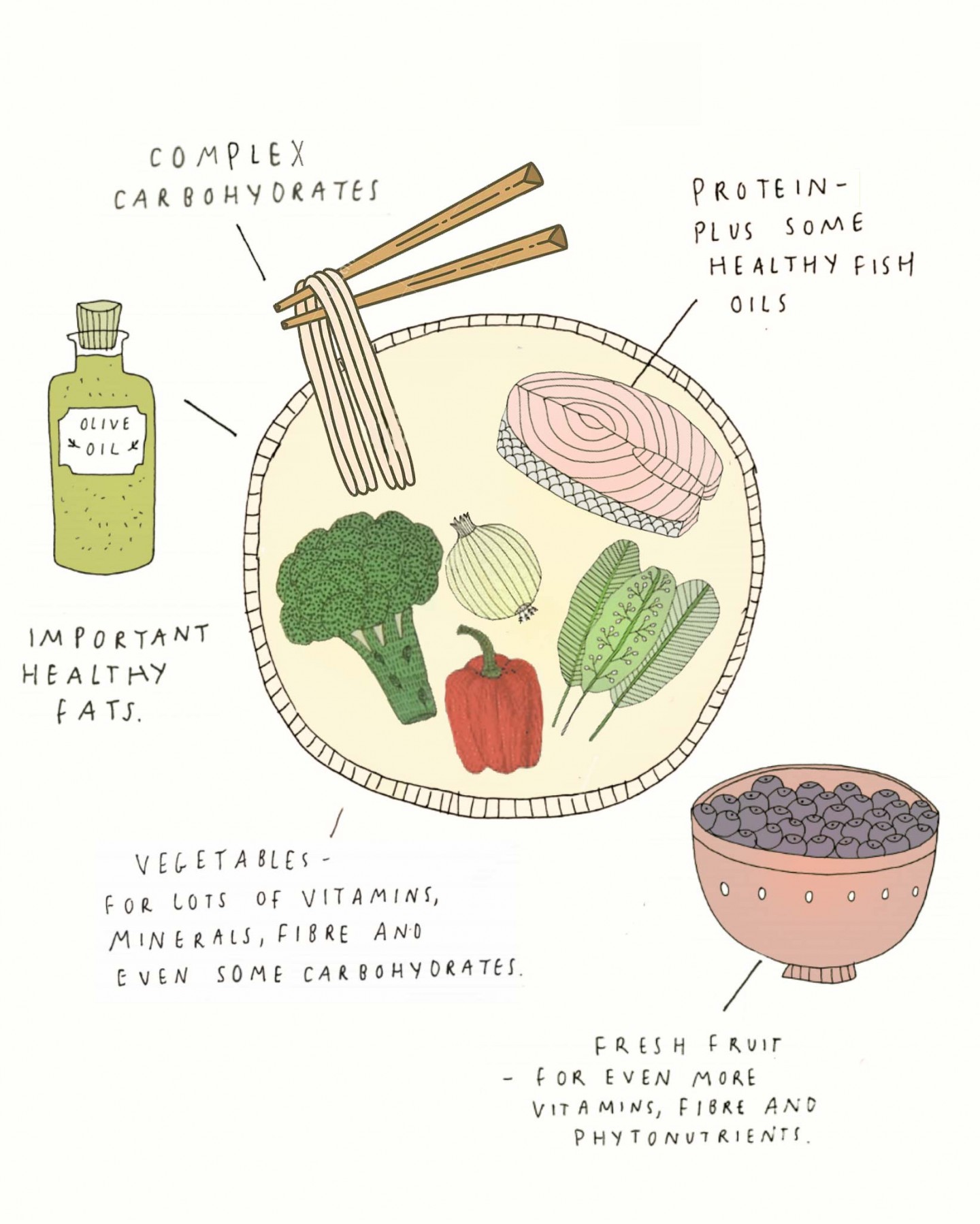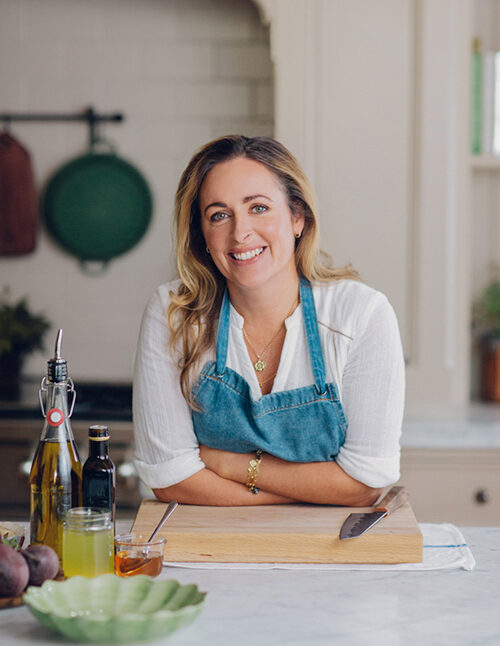How to 'Build' a Healthy Plate
Jan 2020
If you, like many of us (myself included!), struggle for inspiration on how to plan or put together a healthly, nutritionally balanced meal from scratch using fresh ingredients, this simple guide will hopefully lend some help.
This guide is not an absolute, rather a little visual tool that I hope some may find helpful. I tend to use this when I am assembly cooking, rather than making a complete recipe. For example, I might bake a chicken breast (protein) steam some broccoli & green beans then drizzle in olive oil (vegetables & healthy fats) and add a few new potatoes in to cook (complex carbohydrates). It’s not a supper than needs a recipe, but this plate-based guideline can help me to ensure I have each category covered.
How to portion the plate
1. Start with VEGETABLES (include a rainbow of colours)
2. Include a portion of PROTEIN
3. Add some HEALTHY FAT (e.g. a good drizzle of oil or a sprinkle of seeds/nuts)
4. Add COMPLEX CARBOHYDRATES or minimally processed wholegrain if you’re feeling hungry or have higher energy demands
Sometimes a single food will cross multiple categories:
i) Nuts, for example, could be both our protein and healthy fats.
ii) Leek & potato soup might contain olive oil (healthy fats), vegetables (leeks) and carbohydrates (potatoes) so would need some protein to be added.
Note: If you aren’t sure what counts as a protein or complex carb etc., see my article on Food Category Reminders.
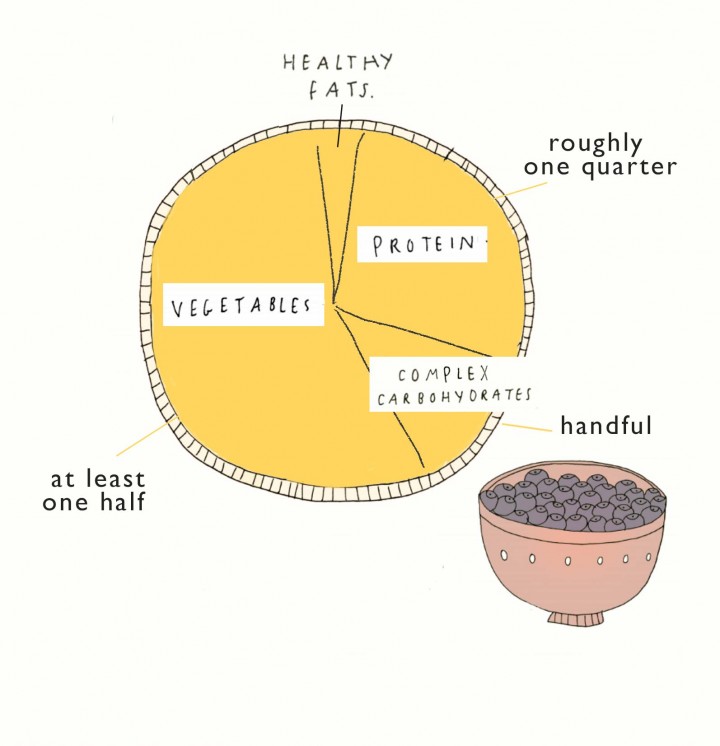
How this translates into a real meal 
Here are some simple examples of how to build your plate – combine ideas from each of the four groups in the proportions laid out above:

Vegetables (or Fruit)
Rocket leaves & tomatoes
Steamed broccoli & Green beans
Carrot & Turmeric Soup
Baby spinach
Beetroot, cucumber & watercress
Ratatouille
Raspberries & blueberries

Protein
Cooked chicken
Baked Fish
Cashews (in soup)
Poached eggs
Feta
Cannelini beans
Natural yoghurt
Homemade Hummus
Simple Dahl

Healthy Fat
Tahini dressing
Drizzle of olive oil
Sprinkle of seeds
Avocado
Olive oil dressing
Drizzle of olive oil
Almond butter
Small handful of nuts
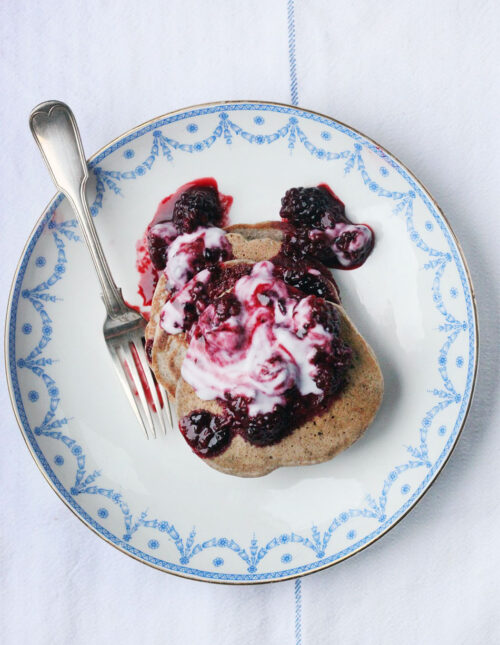
Complex carbohydrates
(optional)
Rye bread toast
Steamed new potatoes
Oatcakes
Sourdough toast
Rice cakes
Baked potato
Buckwheat pancakes
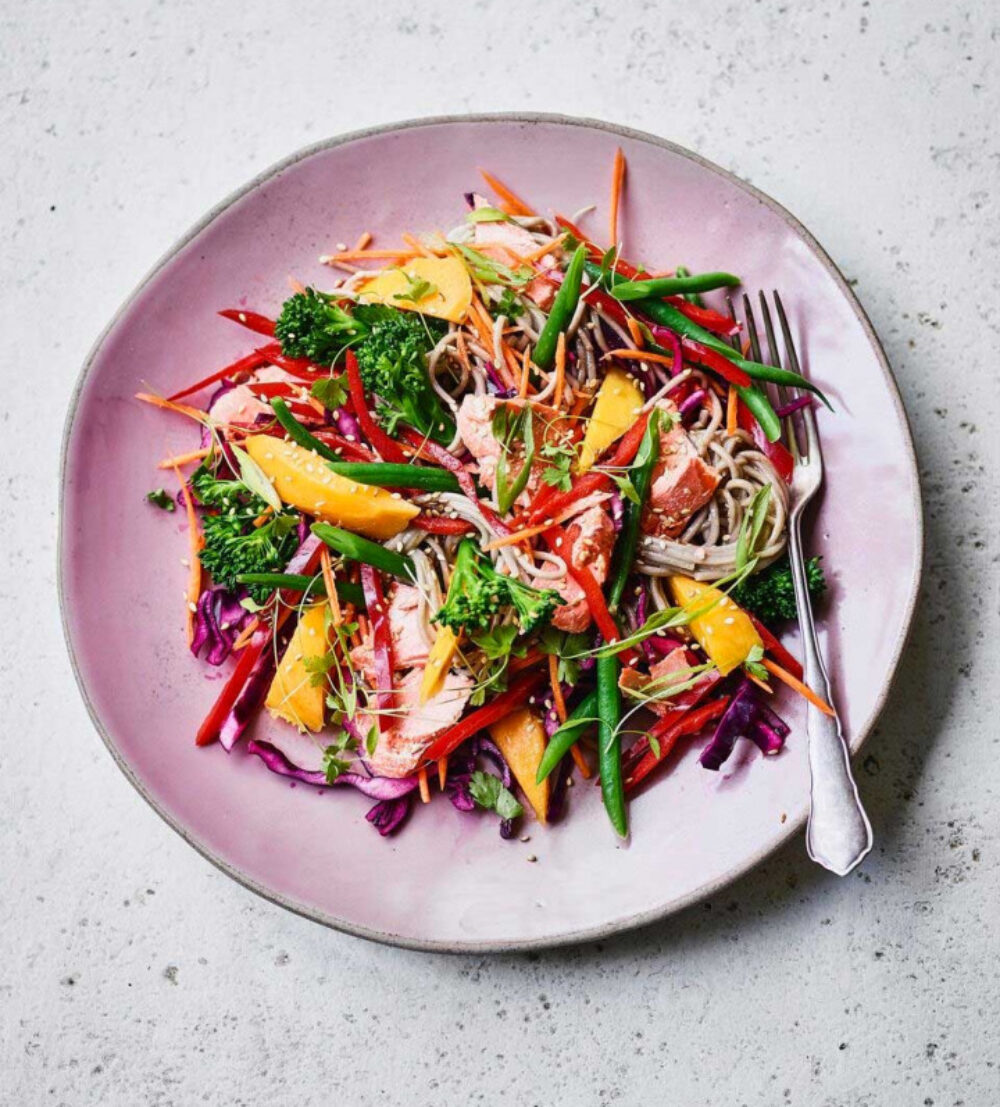
A note on plates…
There are some interesting studies that suggest that the type of plate we choose can impact our eating habits. Choosing a larger plate can lead to us serve bigger portion sizes, whereas choosing a smaller plate inclines us to smaller portions. Also, choosing a plate colour that highly contrasts with the food may be helpful to reduce over-serving and vice versa. 1
Having said this, the effects are quite small. So don’t think you need to rush out and buy a whole new dinner service! I just think it’s an interesting observation.
References:
Van Ittersum, K. and Wansink, B. (2012). Plate Size and Color Suggestibility: The Delboeuf Illusion’s Bias on Serving and Eating Behavior. Journal of Consumer Research, 39(2), pp.215-228.
MORE TO EXPLORE
Please note that the information on this website is provided for general information only, it should not be treated as a substitute for the medical advice of your own doctor or any other health care professional providing personalised nutrition or lifestyle advice. If you have any concerns about your general health, you should contact your local health care provider.
This website uses some carefully selected affiliate links. If you buy through these links, we may earn an affiliate commission, at no additional cost to you. This helps to keep all of our online content free for everyone to access. Thank you.

